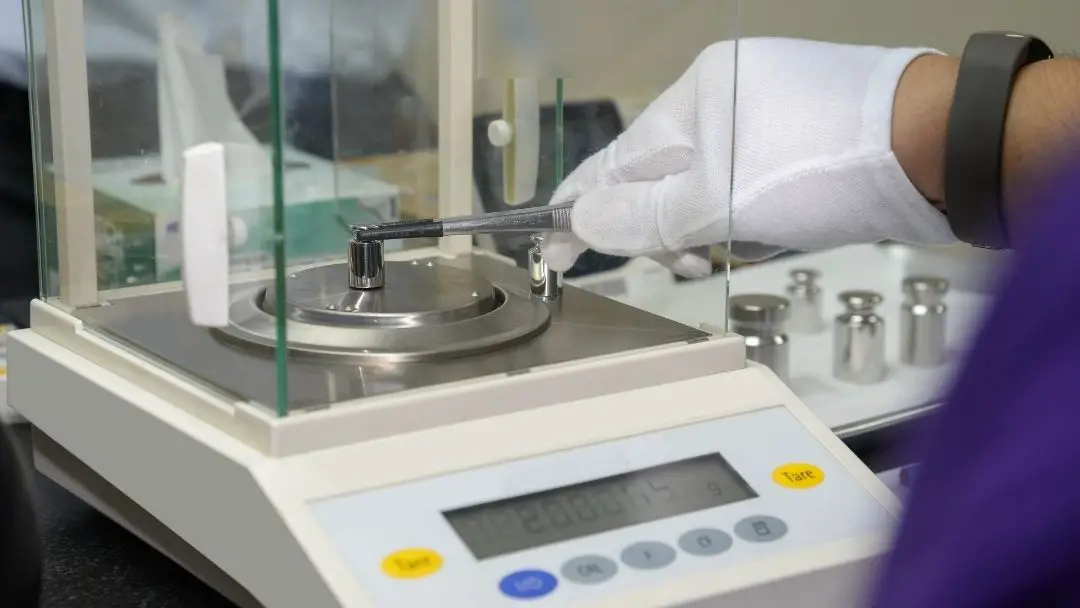What Makes Dimensional Inspection Vital?
Dimensional inspection is at times called dimensional metrology or dimensional measurement, and it is a field that encompasses a huge array of applications from big and complicated parts like jet engine turbines to very small parts having tight tolerances, and they become a vital portion of some life-saving medical devices. When the matter involves manufacturing, then this object might turn into a sample for R&D, a finished product, or a customized element for a novice production line. Dimensional inspection is viewed as a method to compare what an object exactly is what it is made up to be. This utilizes quantifiable values for measuring physical attributes like:
- Perpendicularity
- Height, width, and length
- The sharpness of the edge
- Flatness, roundness, and various other geometric features
- Uniformity and thickness
- Position
- Surface characteristics
- Shape profiles
The importance of dimensional inspection
When the dimensional measurement is needed, then the outcomes ought to be both precise and accurate. Dimensional inspection labs provide the best dimensional inspection services, and they are performed on fasteners, machined products, and parts. Even though lots of applications and techniques are present, some classes of dimensional inspection are:
First Article Inspection – When you wish to implement a manufacturing procedure, you need to pay attention to detail. It becomes highly necessary when the equipment has been designed specially or when the procedure is new. First, article inspection becomes important for ensuring that the equipment has been installed and calibrated ideally. It is also important to verify the manufacturing procedure. Dimensional measurement also seems useful for comparing the first components from the line of manufacturing to 3-dimensional CAD models.
Regulatory Compliance – In several industries, regulatory compliance seems important, and there, dimensional measurement assures that the needed specifications have been properly met. Some regulatory bodies like the FAA or FDA most often possess needs related to some components’ dimensions.
Quality Control – If objects emerge from a manufacturing line, they need to satisfy some quality standards, and in this situation, measurement equipment becomes useful for confirming that the dimensions are within the needed tolerance levels. However, in some instances, if the levels of tolerance tend to be more rigorous, then every object is automatically measured. And in some cases, batches are spot-checked for quality purposes.
High-precision engineering – While forming a bigger assembly from little, high precision is needed. Even a trivial inconsistency or flaw can affect the whole process. The purpose of manufacturing is to form a procedure that is dependable, scalable, and repeatable. If it becomes successful, then it results in moderate pricing and reasonable production costs for the end users. Nonetheless, if a manufacturing line wants to become successful, it needs to have precise measurements.
Conclusion
Dimensional inspection is vital for more than quality control and production line setup only, as manufacturing can be hugely benefitted from it. Dimensional inspection labs work to benefit manufacturing in every stage of product development that ranges from prototypes and research to capability studies and first-article inspections. Dimensional inspection is also used for production inspection, capability studies, and a finished product’s final examination.








